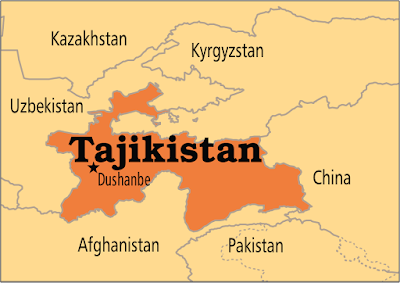OBJECTIVE:
There
has been no evaluation of the association between contraceptive use and
maternal and child health (MCH) in Tajikistan, though the government has made
concerted efforts to improve accessibility to family planning methods. The aim
of this study is to understand the relationship between current contraceptive
utilization and specific MCH outcomes in Tajikistan.
STUDY DESIGN:
Using
data from the 2012 Tajikistan Demographic and Health Survey, a total weighted
sample of 6716 women aged 15 to 49 years who had at least one child at the time
of interview was analyzed. Logistic regression analyses were performed to
assess the relationship between current contraceptive utilization and birth
spacing, birth limiting and infant mortality.
RESULTS:
Modern
contraceptive use was low among women studied (27.1%). Modern contraceptive
users were more likely to present with a longer birth interval [adjusted odds
ratio (aOR) = 2.4, 95% confidence interval (CI) = 2.0-2.8] than traditional or
nonusers. Women who used modern contraceptives were half as likely to limit
births to three or fewer children compared to traditional or nonusers (aOR =
0.5, 95% CI = 0.4-0.6). Among women whose most recent live birth resulted in
death, modern contraceptive use was not associated with lower levels of infant
mortality.
CONCLUSION:
Efforts
made by the Tajik government to increase utilization of family planning have
had mixed effects on overall uptake and the MCH outcomes analyzed in this
study. These findings can help to inform the government's policy on family
planning.
IMPLICATIONS:
Contraceptive
utilization has not yet translated into beneficial MCH outcomes. Policy makers
in Tajikistan might consider placing more emphasis on family planning
education, while maximizing accessibility of contraceptive methods.
Purchase full article at: http://goo.gl/zuMfq6
- 1Columbia University Mailman School of Public Health, 722 West 168th Street, New York, NY 10032, USA.
- Contraception. 2016 Mar;93(3):216-21. doi: 10.1016/j.contraception.2015.11.009. Epub 2015 Nov 24.

No comments:
Post a Comment